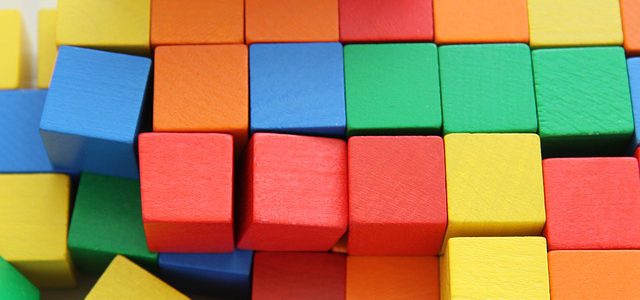Up to this point we were working with some of the core Helm building blocks, such as Helm Repositories, Helm Charts and Helm Releases.
Running Helm Chart Releases on your Kubernetes platform means consuming its resources, be it CPU, RAM or Disk Space. Your Kubernetes environment can very quickly spin out of control if you don’t keep an eye on these core resources that you provisioned to your Helm Releases in this environment.
Therefore, in this final chapter of the Helm Building Blocks series, we’ll learn how to maintain a healthy Kubernetes environment and keep your Helm Releases well organised.
Helm List
We’ll start with listing your current releases which will allow you to quickly figure out what’s needed and what can be uninstalled.
For detailed examples on Helm List operations please refer back to the Helm List section in this article: Helm Releases
Helm Uninstall
Once a release has been identified for delete you can simply run the uninstall command against it.
For detailed examples on Helm Uninstall operations please refer back to the Helm Uninstall section in this article: Helm Releases
<< Helm Releases | Helm Housekeeping

